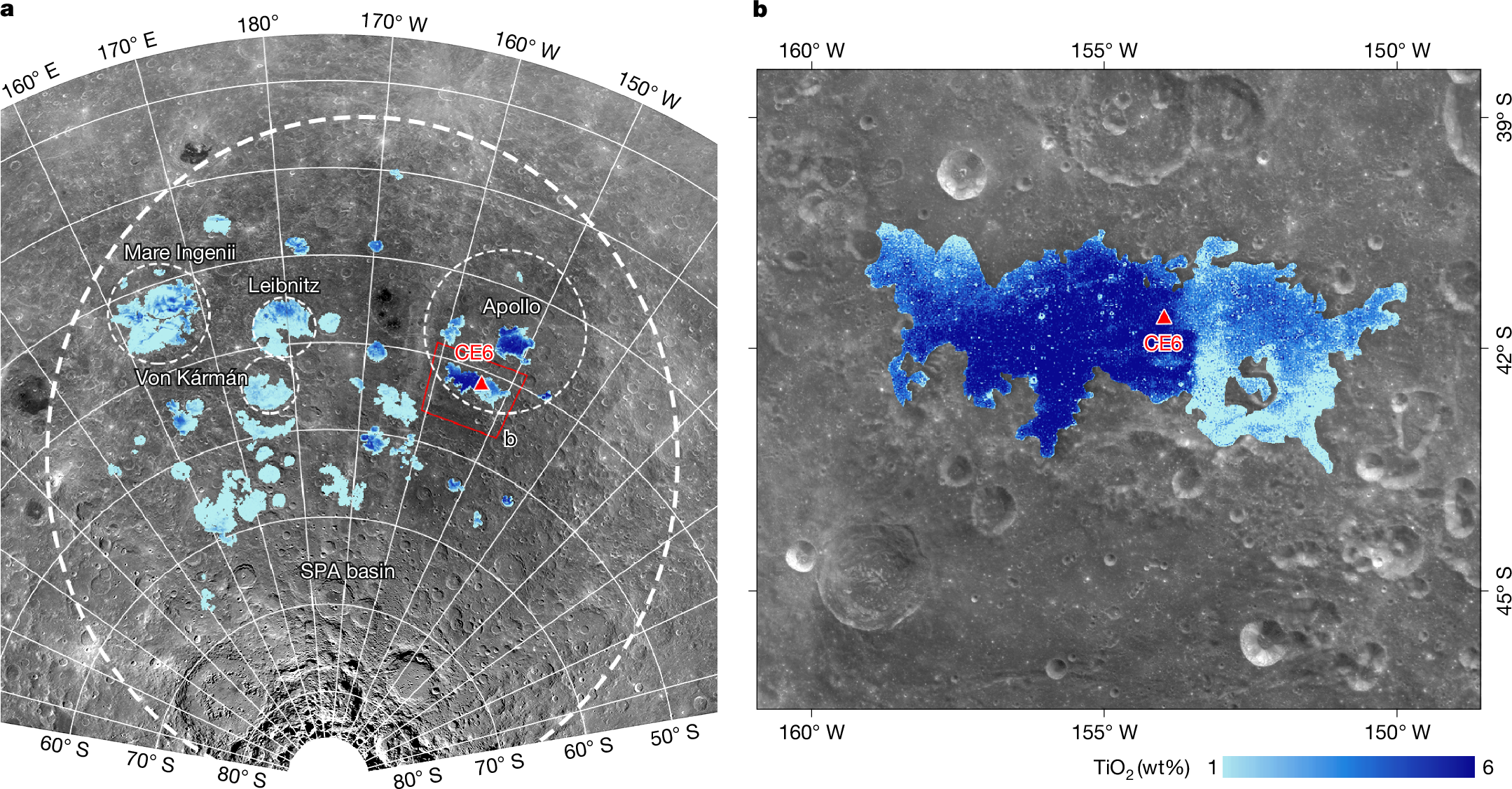2025-07-07 中国科学院(CAS)

Pan-tropical high-resolution tree cover map. (Image by AIR)
<関連情報>
- https://english.cas.cn/newsroom/research_news/infotech/202507/t20250707_1046962.shtml
- https://www.nature.com/articles/s41467-025-60662-z
これまで発見されていなかった樹木をマッピングすることで、見過ごされていた全熱帯の樹木被覆の変化が明らかになった Mapping previously undetected trees reveals overlooked changes in pan-tropical tree cover
Shidong Liu,Jie Zhang,Li Wang,Philippe Ciais,Jianjun Zhang,Josep Penuelas,Biswajit Nath,Iskid Jacquet,Xia Wu,Shengping Ding,Wang Li,Ni Huang,Wanjuan Song,WenJian Ni & Zheng Niu
Nature Communications Published:01 July 2025
DOI:https://doi.org/10.1038/s41467-025-60662-z
Abstract
Detecting tree cover is crucial for sustainable land management and climate mitigation. Here we develop an automatic detection algorithm using high-resolution satellite data (<5 m) to map pan-tropical tree cover (2015–2022), enabling identification and change analysis for previously undetected tree cover (PUTC). Our findings reveal that neglecting PUTC represents 17.31 ± 1.78% of the total pan-tropical tree cover. Tree cover net decreased by 61.05 ± 2.36 Mha in both forested areas (63.93%) and non-forested areas (36.07%) between 2015 and 2022. Intense changes in tree cover are primarily observed in regions with PUTC, where the World Cover dataset with a resolution of 10 m often fails to accurately detect tree cover. We also conduct a sensitivity analysis to quantify the contributions f climate factors and anthropogenic impacts (including human activities and land use cover change) to tree cover dynamics. Our findings indicate that 43.98% of tree cover gain is linked to increased precipitation, while 56.03% of tree cover loss is associated with anthropogenic impacts. These findings highlight the need to include undetected tree cover in strategies combating degradation, climate change, and promoting sustainability. Fine-scale mapping can improve biogeochemical cycles modeling and vegetation-climate interactions, improving global change understanding.



